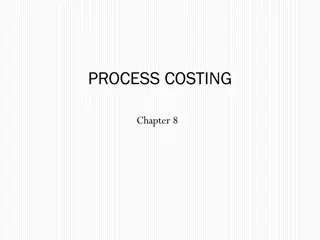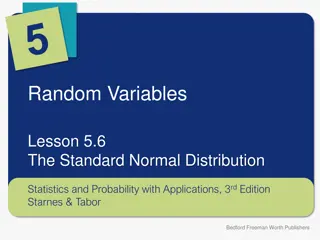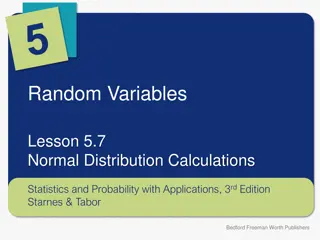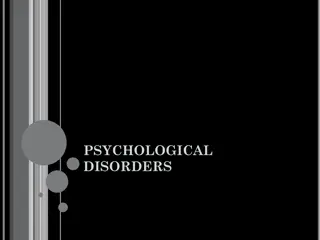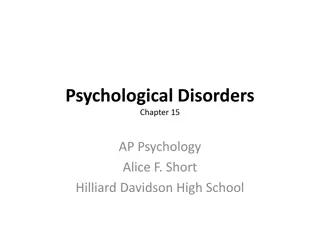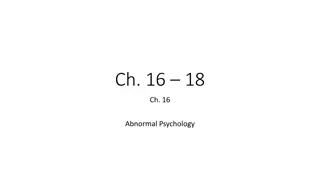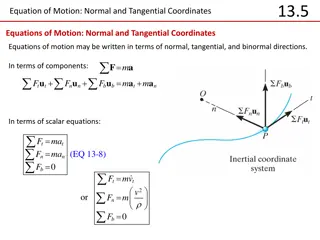Understanding Normal and Abnormal Behavior: Perspectives and Definitions
Normal behavior varies from person to person and society, influenced by individual preferences and societal norms. Abnormal behavior is characterized by an inability to function effectively or personal discomfort. The concept of normality and abnormality in psychology raises complex questions about defining what is considered normal or abnormal. Psychologists use various perspectives like behavioral, cognitive, medical, and psychoanalytical to understand human behavior. Normal behavior is typically what is expected from the majority, while abnormal behavior can be defined in various ways including statistical abnormality.
Download Presentation

Please find below an Image/Link to download the presentation.
The content on the website is provided AS IS for your information and personal use only. It may not be sold, licensed, or shared on other websites without obtaining consent from the author. Download presentation by click this link. If you encounter any issues during the download, it is possible that the publisher has removed the file from their server.
E N D
Presentation Transcript
Concept of Normal and Abnormal Behavior Muhammad Ibrar
Introduction What is normal behavior? Normal behavior differs from one person to the next. It may be normal for one person to talk to themselves while another person finds this abnormal. Normality is an individual preference. If a person does not agree with something it does not make it wrong. Society, on the other hand, has its own idea of normal behavior. Over time things and ideas change, what was once considered abnormal is now accepted.
Contd. Abnormality: Inability to function effectively. This definition explains that if a person cannot hold a job or interact socially with others they are not productive members of society which makes them abnormal. Abnormality: A sense of personal discomfort. This definition explains that if a behavior produces personal distress, anxiety, guilt, or is harmful to others it is abnormal.
Introduction The definition of the word abnormal is simple enough: deviating from the norm. applying this to psychology poses a complex problem: what is normal? Whose norm? For what age? For what culture? Some would simply classify what is "good" as normal and what is "bad" as abnormal, but this is a vague and narrow definition and brings up many of the same questions for the definition of "good" as does the definition for "normal". However,
Perspectives Though there are many perspectives psychologists use to define human behavior as normal or abnormal, we only address four of these perspectives. The behavioral perspective highlight that abnormal behaviors are learned responses. Cognitive perspective states that people s thoughts and beliefs about themselves and their environment can create psychological disorders., and the Medical perspective relates disorders to biological abnormalities. Psychoanalytical perspective argues that psychological disorders are created from childhood conflicts.
Normal Behavior To understand what "abnormal" means, first consider "normal". Normal average. People who behave normally are those who act and behave in an average, typical way. Statistically speaking, normal behavior is that which we would expect from the majority of people. simply means
Abnormal Behavior What are some of the different ways to define abnormal behavior? Statistical abnormality. A behavior may be judged abnormal if it is statistically unusual in a particular population. Subjective abnormality. Abnormal behavior can be defined by a person's feeling of abnormality, including feelings of depression, losing touch with reality, or any other sensation recognized and labeled by an individual as out of the ordinary. anxiety, strangeness,
Contd. Violation of socially-accepted standards. An abnormal behavior might be defined as one that goes against common or majority or presumed standards of behavior.




